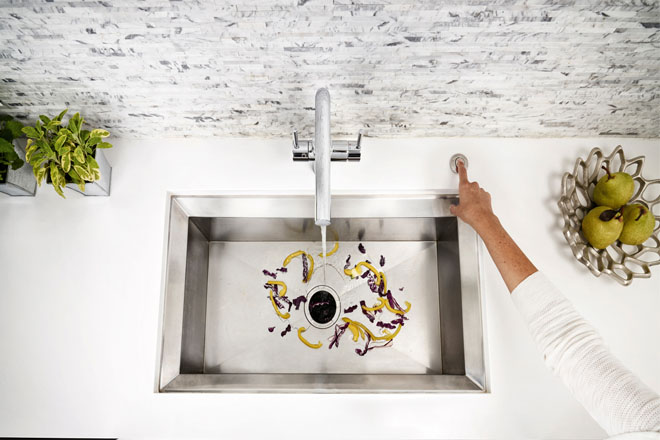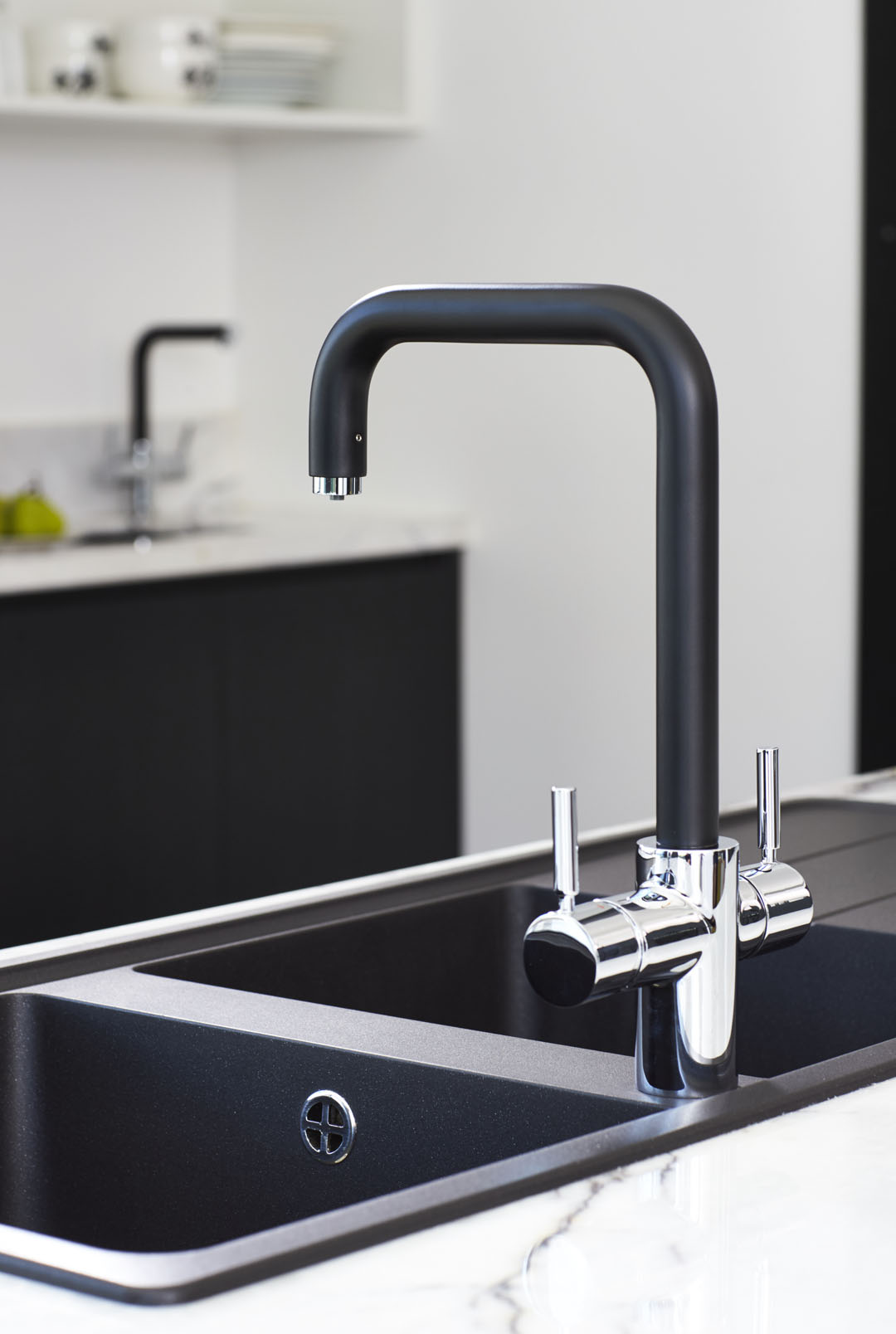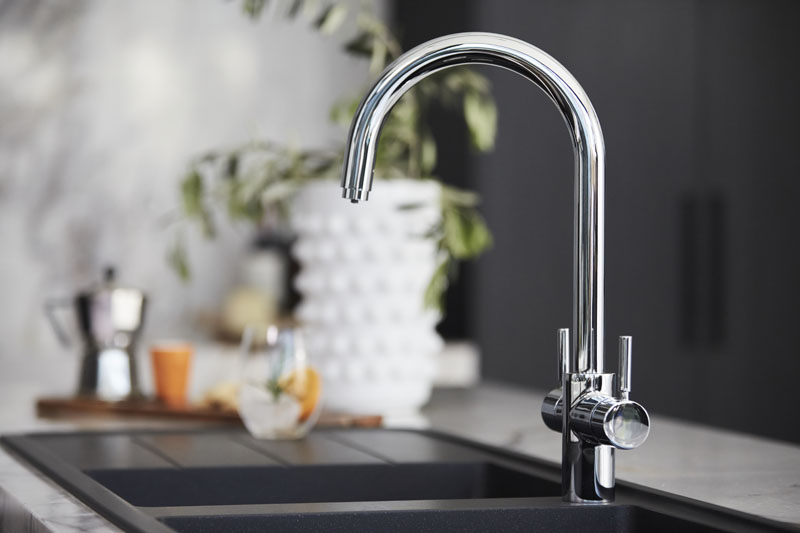Australia is heavily dependent on landfill as a means of waste management. In fact, the majority of non-recycled waste will end up in landfill sites
Estimates suggest each household produces close to 1.5 tonnes of waste each year. And nearly half (47 per cent in 2009–2010) of all household waste is organic, namely food scraps. The problem is food waste sent to landfill quickly decomposes and produces methane, an environmentally harmful greenhouse gas at least 21 times more harmful than carbon dioxide.
However, methane is recognised as a valuable source of energy if it can be captured. Food waste disposers make it possible to do just that. After being ground, food waste, which consists of 70 per cent water on average, is sent via the sewage system to a wastewater treatment plant. These treatment plants are designed to treat organic waste. This means at appropriately equipped waste water treatment plants, food waste can be recycled and, in many instances, the methane gas generated can be converted into usable energy to power homes and businesses.
Composting plays an important role in waste management, however this is not a feasible option for many people living in high-rise apartments. Additionally, food waste disposers are designed to complement people dedicated to composting as it facilitates the disposal of bones, animal waste and other organic matter not appropriate for compost beds.
While a food waste disposer does involve running water and electricity, the environmental impact is minimal. Disposers use about one per cent or less of a household’s total water consumption (about as much water per day as one flush of a toilet) and cost less than $1.50 per year in electricity usage.
This all means food waste disposers are a win for the environment and a step forward for the modern Australian kitchen.
For more information
















